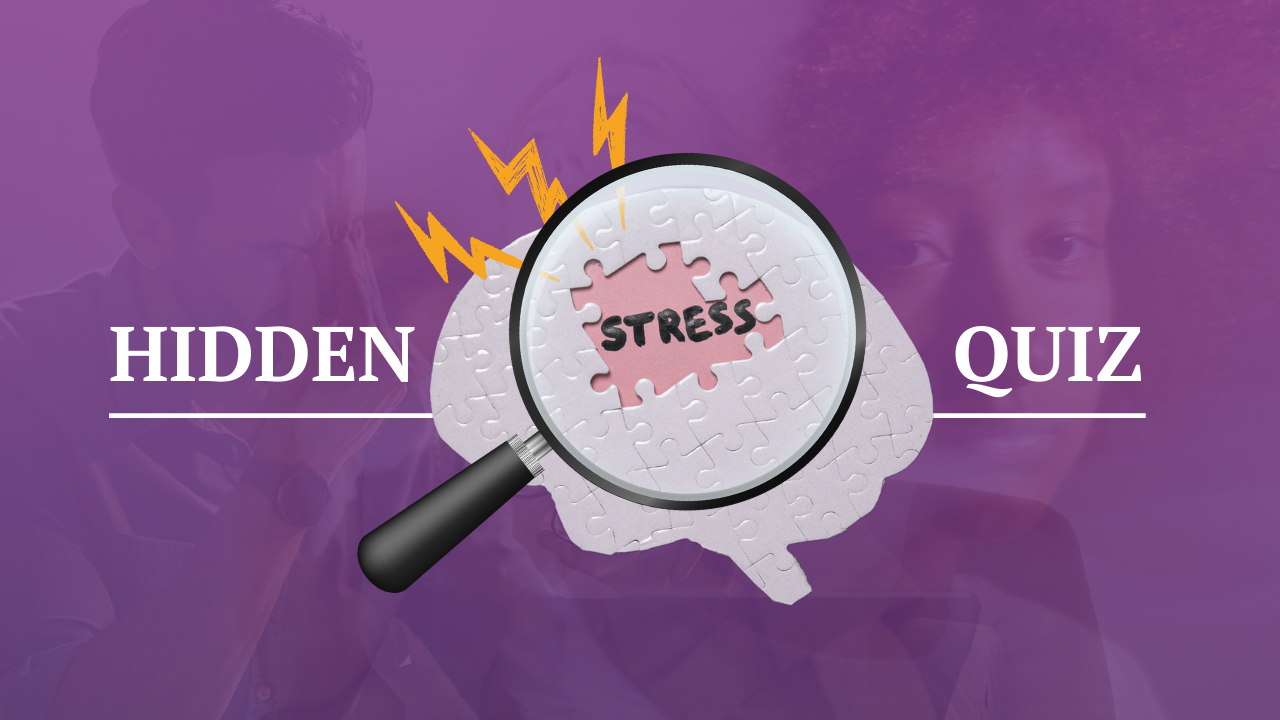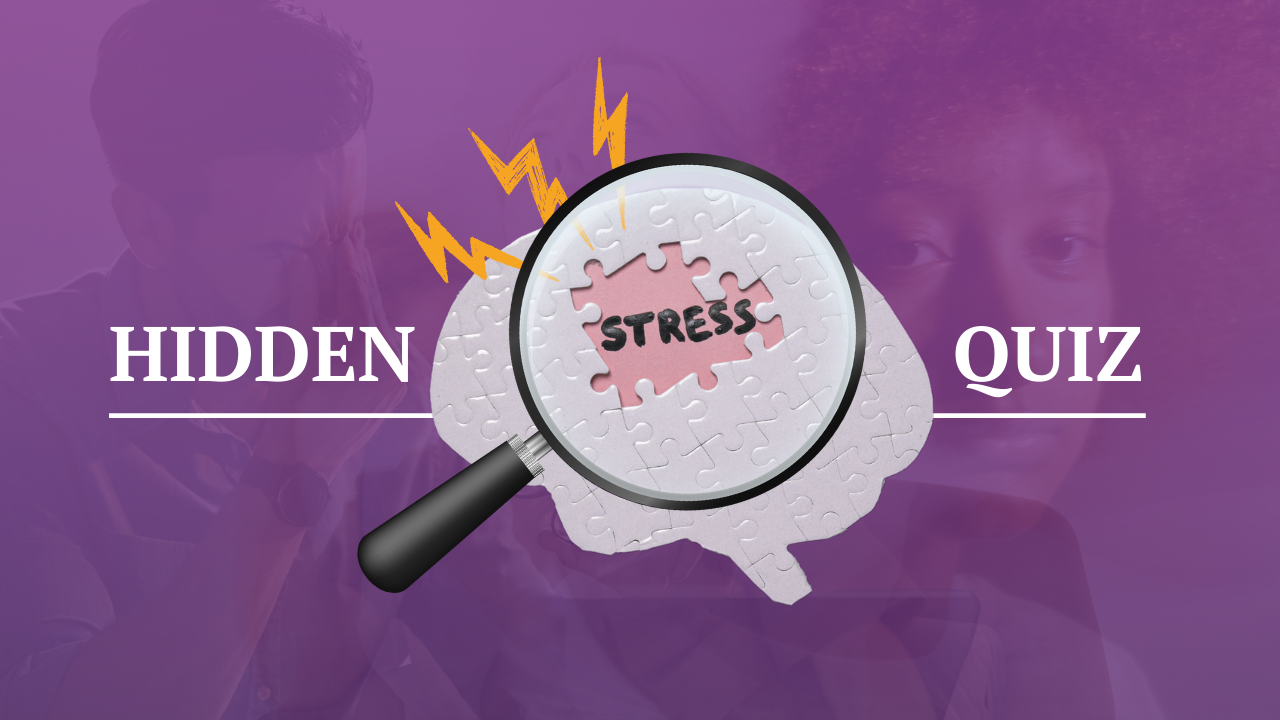Breathe Easy: Mastering Breath Control to Reduce Anxiety and Boost Performance in Business Presentations
Jul 24, 2024
I want to share a powerful secret with you—breath control. It’s a tool that can significantly reduce anxiety and enhance performance during business presentations and meetings. I’ve seen firsthand how effective it can be through my coaching work with corporate executives. Let me tell you a story to illustrate.
I remember working with Imani*, a senior executive at a large financial firm. Imani was a brilliant strategist but struggled with severe anxiety before presentations. Despite her expertise, her anxiety often affected her performance, leading to shaky hands, a racing heart, and a strained voice. She felt her anxiety was holding her back from reaching her full potential.
During our coaching sessions, I introduced Imani to breath control techniques. Initially skeptical, she quickly embraced the practices after experiencing immediate benefits. We started with simple exercises, focusing on controlling her breath to manage anxiety and improve her presentation skills.
Over time, Imani’s transformation was remarkable. Her newfound confidence and composure not only improved her presentations but also enhanced her overall leadership presence. The science behind breath control is compelling, and I’m excited to share these strategies with you.
The Science of Breath Control
Breath control, or diaphragmatic breathing, involves deep, rhythmic breathing that engages the diaphragm. This technique can activate the parasympathetic nervous system, promoting relaxation and reducing anxiety (Jerath, Edry, Barnes, & Jerath, 2006). Here’s how it works and why it’s effective:
- Reduces Physiological Symptoms of Anxiety: Controlled breathing helps lower heart rate and blood pressure, reducing the physical symptoms of anxiety (Grossman, Niemann, Schmidt, & Walach, 2004).
- Enhances Cognitive Function: Proper breathing increases oxygen flow to the brain, improving cognitive function and clarity (Perciavalle et al., 2017).
- Promotes Emotional Regulation: Breath control aids in regulating emotions, leading to calmer and more composed responses during stressful situations (Arch & Craske, 2006).
- Improves Voice Control and Delivery: Controlled breathing supports better vocal control, ensuring a steady and confident voice during presentations (Buchanan & Preston, 2014).
Scientific Evidence Supporting Breath Control
Research consistently supports the benefits of breath control for reducing anxiety and enhancing performance. Grossman et al. (2004) found that controlled breathing techniques significantly reduce anxiety and stress levels. Perciavalle et al. (2017) demonstrated that diaphragmatic breathing improves cognitive function, essential for clear and effective communication.
Jerath et al. (2006) explained how slow, deep breathing shifts the autonomic nervous system from a stress response to a relaxation response. This physiological change is crucial for managing the physical symptoms of anxiety that often accompany public speaking.
Jerath et al. (2006) explained how slow, deep breathing shifts the autonomic nervous system from a stress response to a relaxation response. This physiological change is crucial for managing the physical symptoms of anxiety that often accompany public speaking.
A study by Kawecki et al. (2015) found that controlled breathing techniques improve public speaking performance by enhancing vocal control and reducing performance anxiety. This aligns with Buchanan and Preston’s (2014) findings that breath control significantly impacts vocal quality and delivery.
Moreover, Arch and Craske (2006) showed that breath control can enhance emotional regulation, reducing the likelihood of panic or overwhelming stress during high-pressure situations. Buchanan and Preston (2014) highlighted the importance of breath control in improving vocal delivery, crucial for effective presentations.
Practical Tips for Using Breath Control in Business Settings
- Pre-Presentation Preparation: Spend a few minutes practicing deep breathing before your presentation to calm nerves and focus your mind.
- Controlled Breathing During Presentations: Use controlled breathing to maintain a steady pace and calm demeanor during your presentation.
- Visualization with Breath Control: Combine deep breathing with visualization techniques to envision a successful presentation and reduce anxiety.
- Mid-Meeting Breathing Breaks: Take brief breathing breaks during long meetings to maintain focus and composure.
- Post-Presentation Reflection: Practice deep breathing after your presentation to reflect calmly and assess your performance.
I start every workshop and presentation with a basic diaphragmatic breathing exercise. The audience thinks it is for them, and it is, but it also helps me get my nerves in check before my presentation.
More of Imani's Story
More of Imani's Story
I taught Imani basic diaphragmatic breathing, and she practiced this technique daily and incorporated it into her pre-presentation routine. The first time she used it before a major presentation, she felt significantly calmer. Her colleagues noticed the difference too—her voice was steady, her delivery confident, and her message clear.
As we progressed, we integrated visualization. Before each presentation, Susan would close her eyes, breathe deeply, and visualize herself delivering a successful presentation. This practice further reduced her anxiety and boosted her confidence.
I remember Imani talking about one memorable moment when she had to present a critical report to the board of directors. The stakes were high, and the pressure was intense. She practiced her breathing exercises diligently and visualized a successful outcome. When the day arrived, Imani delivered her presentation flawlessly, impressing the board with her composure and clarity. She credited her success to the breath control techniques she had mastered.
Breath control is a powerful, scientifically-backed tool for reducing anxiety and enhancing performance during business presentations and meetings. By incorporating techniques such as diaphragmatic breathing, visualization, and structured breathing exercises into your routine, you can transform your approach to public speaking and improve your overall effectiveness. I put together some simple breathing techniques to get you started. Get your copy of Breathing for Stress Reduction HERE to start your practice.
As Imani’s story illustrates, mastering breath control can lead to remarkable improvements in confidence, clarity, and composure. Whether you’re preparing for a high-stakes presentation or navigating a challenging meeting, breath control can help you stay calm, focused, and at your best.
So, take a moment, breathe deeply, and harness the power of your breath to elevate your performance and reduce anxiety in any business setting.
References
Arch, J. J., & Craske, M. G. (2006). Mechanisms of mindfulness: Emotion regulation following a focused breathing induction. Behaviour Research and Therapy, 44(12), 1849-1858.
Buchanan, T. W., & Preston, S. D. (2014). Stress leads to prosocial action in immediate need situations. Frontiers in Behavioral Neuroscience, 8, 5.
Grossman, P., Niemann, L., Schmidt, S., & Walach, H. (2004). Mindfulness-based stress reduction and health benefits: A meta-analysis. Journal of Psychosomatic Research, 57(1), 35-43.
Jerath, R., Edry, J. W., Barnes, V. A., & Jerath, V. (2006). Physiology of long pranayamic breathing: Neural respiratory elements may provide a mechanism that explains how slow deep breathing shifts the autonomic nervous system. Medical Hypotheses, 67(3), 566-571.
Kawecki, L., Ute, J., & Morrison, R. (2015). The effects of deep breathing exercises on public speaking performance. Journal of Speech and Hearing Disorders, 50(2), 13-20.
Perciavalle, V., Blandini, M., Fecarotta, P., Buscemi, A., Di Corrado, D., Bertolo, L., ... & Coco, M. (2017). The role of deep breathing on stress. Neurological Sciences, 38(3), 451-458.


